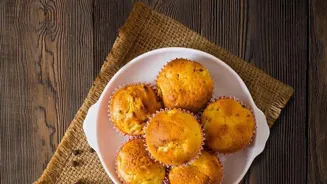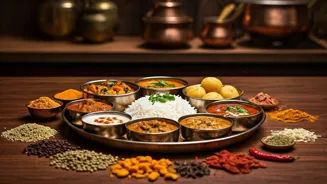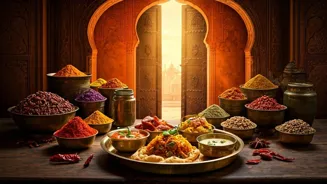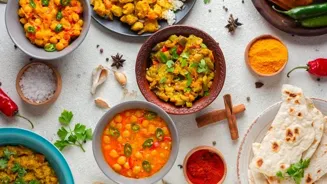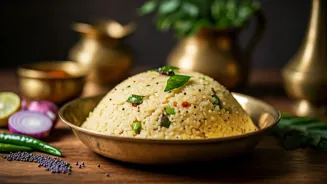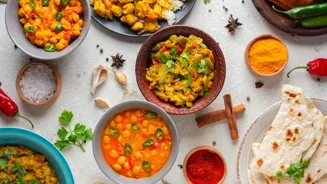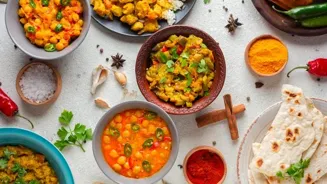Dive into the world of Pakoras: A savory journey through India's iconic snack culture. Discover the flavors, history, and traditions!
Pakoras, the quintessential Indian snack, are more than just fried fritters;
they’re a culinary experience woven into the fabric of Indian culture. From bustling street corners to cozy family kitchens, the aroma of freshly fried pakoras is a familiar and comforting scent across the country.
This humble snack boasts a rich history and incredible diversity, making it a beloved treat for people of all ages.
The evolution of pakoras from ancient India to diverse regional variations
The story of pakoras is an interesting one, with roots possibly stretching back to ancient India. While pinning down an exact origin is difficult, similar fried snacks have been mentioned in historical texts.

The term "pakora" itself is believed to have derived from the Sanskrit word "pakvavat," meaning "cooked" or "fried." Over centuries, various regional influences and culinary innovations have shaped the pakora into the diverse and delicious snack we know today.
Each region in India boasts its own unique spin on the pakora, using local ingredients and spices to create distinct flavors and textures.
Indian pakoras vary by region, embodying local flavors
Across India, variations abound. In the North, you might find pakoras made with paneer or cauliflower coated in a spiced batter, offering comforting warmth, especially during the winter months.
Travel to the South, and you'll encounter versions featuring plantains and other locally sourced vegetables, infused with the distinct flavors of spices typical to the region. The beauty of pakoras lies in their adaptability, readily embracing local tastes and culinary practices.
This makes them truly a national snack.
Perfect pakoras rely on well-balanced batter with key spices
The key to perfect pakoras lies in understanding the batter. Typically made from gram flour (besan), rice flour, and a blend of spices, the batter should have a smooth but not overly thin consistency which should easily coat the chosen ingredient.
The spices are important; turmeric, chili powder, coriander, and cumin are common additions, but the specific blend varies from home to home. A squeeze of lemon juice and a pinch of asafoetida (hing) can add interesting flavors. The batter is not just a coating; it's a flavour carrier.
Frying pakoras: hot oil, space for crispiness, serve fresh
The frying process is important in achieving golden-brown perfection. The oil must be hot enough to cook the pakoras quickly without making them greasy. Maintaining the right temperature is key. A common sign that the oil is ready is when a drop of batter sizzles and rises to the surface.
Overcrowding the pan will lower the oil temperature resulting in soggy pakoras. It is important to give the pakoras enough space to fry evenly and become crispy. Freshly fried are best served hot and crispy for optimal enjoyment.
Pakoras: integral to Indian culture, enjoyed during festivals and get-togethers with loved ones
Pakoras are more than just a snack; they are an integral part of Indian culture. They are frequently served during festivals, celebrations, and even casual get-togethers. Enjoyed with a cup of chai, they can transform a simple afternoon into a delightful experience.
The joy of sharing a plate piled high with pakoras with loved ones is a cherished tradition in many Indian households. So, the next time you enjoy a plate of pakoras, take a moment to appreciate the story behind this iconic Indian snack as well as the rich cultural traditions that are shared.
